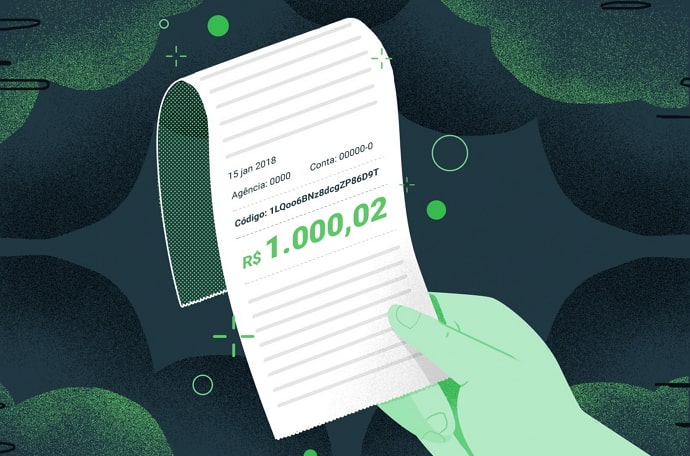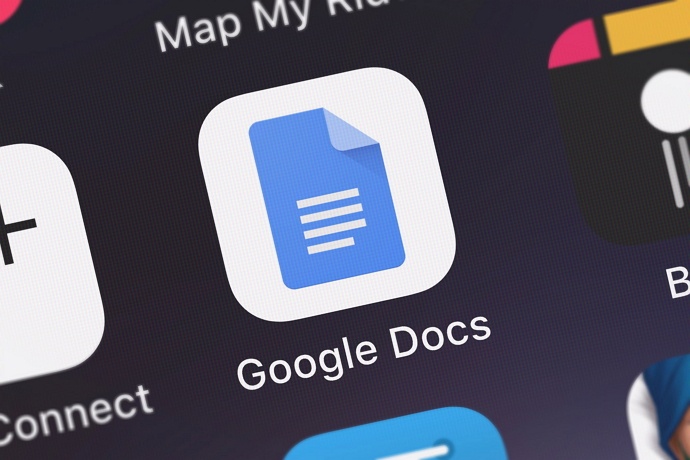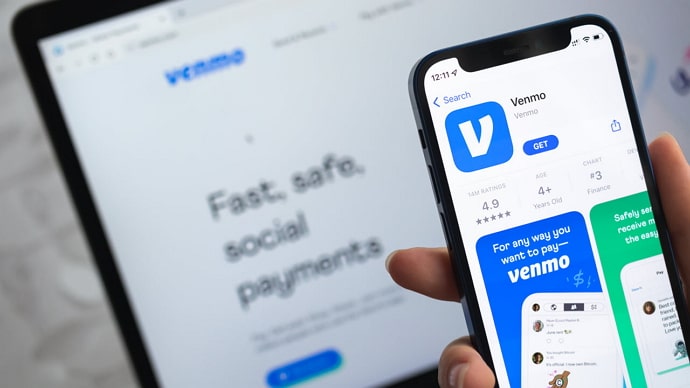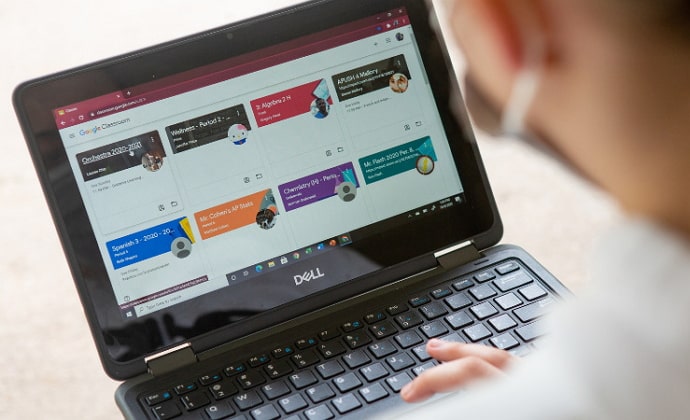How to Protect Your Social Media Accounts
Can hacking be prevented, or is it unavoidable? There are a few steps you can take to protect your social media accounts from hackers and cybercriminals. We will provide you with some tips on how to prevent hackers from accessing your social media accounts.
Our social fabric is woven by social media. Over 56% of people in the world use social media in some form. It is important for us to know how to protect our social media accounts from hacks and attacks because social media is a digital extension of us – a place to share, converse, and exchange information.
You can protect your social media accounts by following these tips.
How to protect your social media accounts
1. Secure password
Passwords should be unique and strong.
Your online accounts need strong passwords, each one unique, so you can begin protecting yourself. The IP address of your computer can be hidden by taking certain steps. Those of us with many accounts, for example, may find it difficult to remember many strong and unique passwords.
Despite this, attackers may use the same password to access multiple usernames simultaneously. As an alternative, you can create and store different passwords using a master password. In any cybersecurity program, one will be included.
2. Go Private mode
It is possible to hide your identity and activities on social networking platforms such as Facebook, Instagram, and others. Your activity, speech, or posts will be hidden from the rest of the internet when you choose this option.
3. Don’t accept the strangers request
Be critical when reviewing notifications you receive. It might even be a spam bot designed to collect personal information for data breaches or a fake account that misinforms people. Those who seem like strangers may be more than that. It’s hard to find one without the other. 1.8 billion fraudulent accounts were removed from Facebook in just the third quarter of 2021. Do not comply with their requests.
4. Don’t blindly check in
It’s not accidental that it’s a well-known saying. Make sure you keep in mind that your content can be preserved and re-shared when you post on a “vanishing” app, like Snapchat. Just snap a photo and you’re done. Make sure it’s not uploaded if you don’t want it out there forever.
5. Observe phishing scams
We are now more familiar with the warnings regarding fake attempts on social networking sites, where phishing attempts are frequently occurring. There are no differences in the principles. It is not advisable to follow any offers you receive via direct messaging or immediate messaging.
Furthermore, keep your private information close at hand. You should also refrain from disclosing any information about yourself, such as your email address. Websites and blogs that offer quizzes can be dirty tricks for acquiring confidential information.
It’s not an accident that this saying is so well-known. Keep in mind that your content can be preserved and re-shared if you post to an app that disappears, like Snapchat. Taking a picture is as easy as snapping it. Do not upload it if you do not want it to be publicly available forever.
6. Observe scams types
The fact that people can con you on social networks is a sad reality. In an attempt to scam you, scammers can use advertisements, postings, and even direct messages to trick you into giving them your social media details or money. Social media sites like Facebook and Twitter can be used to learn more about questionnaires and other fraudsters.
Crypto scams
Crypto scams are popular on social media, where infringers promote cryptocurrency giveaways. It involves a scammer pretending to be a cryptocurrency celebrity or trusted organization hosting a giveaway.
Users have to verify their wallet address by sending cryptocurrency to a giveaway address to participate in the giveaway. The scammers trick users into believing they will also receive the giveaway in return. It’s important to note that crypto transactions are not reversible, so if you send money to a scammer’s address, you can’t get it back.
Phishing attacks
Phishing attacks use fake coupons for popular brands to lure customers. Coupon claimants must provide personal information like their names, addresses, dates of birth, or even their bank account numbers. Facebook is often used for this type of scam.
Ad scams
Facebook and Instagram are experiencing a growing problem with scam ads. Consumers are misled into thinking that they are buying from a legitimate brand when they are actually buying from an infringement. Some of their products or services are usually offered at very low prices to entice shoppers.
Fraudsters impersonate real brands by using images and other identifying characteristics. The result of making a purchase based on the fake advertisement is that the shopper receives either a low-quality knock-off product or nothing at all. Customers can leave bad reviews on the original brand as a result of this, causing reputational damages for the brand.
7. Cautiously observe tags
Customer-branded articles are viewable on social media sites such as Facebook by the customer’s username. If you want to have the most control over how and where your tags are used, check your settings page. This will help you keep track of your referrals and where they come from.
8. Protect your Gadgets & Yourself
In order to avoid visiting websites with malware, spyware, and other hazards while on social networks, you should use antivirus software. Additionally, it can protect and manage your private information, including your inbox, Social Security Number (SSN), and credit card number. Security software is necessary because of the prevalence of fraud in today’s world.
9. Use two-factor authentication
Adding a one-time code to your password is known as two-factor authentication, which requires both a password and a one-time code. Almost all major social media accounts offer this feature today.
This type of code is more secure because it is valid for only a few minutes. These are even stronger, since they require a password and the right device to log in – a rare occurrence in hacking.
Pro Tip: You can add an extra layer of security by using an authenticator app like Google or Microsoft instead of SMS.
10. Avoid public Wi-Fi connections
It is too risky to manage your business social media accounts over public Wi-Fi networks due to security gaps. It is possible for hackers to set up fake “guest Wi-Fi” networks in public spaces like cafés.
Bad actors can access your information and work as soon as you connect to such a network. You need to make sure that your social media accounts for business are protected by the security standards that are needed at airports, libraries and other places.
11. Manage account access
Social media accounts can be managed by too many people, which is true when it comes to managing your business social media accounts. The owner of an account who posts content often loses sight of who has access to it. The fewer people who can access your social media accounts, the less likely they are to be hacked via emails, mobile phones, or computers.
12. Don’t ignore software updates
Social media risks work by exploiting bugs in computers, phones, and tablets. Cyber attacks like these can be prevented by updating your software to the most current version, which has fewer bugs and has stronger code.
It is recommended that you update your browser and your operating system, such as macOS or Windows. Software that protects against viruses and malware can also be used.
13. Use a Password Manager
You can protect your social media accounts from hackers by using individual passwords.
However, this does not prevent users from forgetting essential logins and passcodes. The need for a password manager arises from the necessity to bypass this issue without compromising your security.
Password managers store your login details in an encrypted database or manage your passwords, as their name suggests. The application allows you to create as many unique passwords as possible without having to mix them up.
There are many password managers on the market, but you want one that is simple and secure at the same time.
How to protect your Privacy on social media
Here are some tips to help you protect your privacy on social media:
1. Read and understand the Privacy terms
Internet websites, including social media sites, have privacy policies. Please read and understand the privacy policies of any social media before signing up or registering an account.
Make sure you read the privacy policies of the social media platforms before registering and sharing your information. The third party can share what content with them, and your content can be permanently deleted from the website.
2. Site features
Ensure you familiarize yourself with the social media site’s functionality before you broadcast or share any messages. Understand who will see your messages and whether they’ll be only specified recipients or all users on the platform. Above all, understand the privacy settings and privacy vulnerabilities on social media sites.
3. Adjust your Privacy settings
It is always a good idea to check the privacy settings on whichever social media platform you are using. It is possible for social media’s default privacy settings to allow the sharing of your information with third parties. Social media sites can share information about you without your knowledge if you adjust the privacy settings.
4. Biographical information
The information you provide to register for an account with most social media platforms will be biographical, like your full name, birth year, and address. To ensure that other users of social media know as little about you as possible, keep these pieces of information to yourself.
Cybercriminals can use this information to harm you if they are able to access enough of your personal information. To minimize personal information on the same platform, you might consider customizing the privacy settings.
5. Account information
Make sure you carefully consider the kind of information you provide on social media. You should never disclose sensitive information about yourself, such as the names of your nearest schools, your political affiliation, your bank account information, your former or current workplace, your Social Security number, or your general interests.
In spite of the fact that providing this information may seem harmless, it can be used to scam you or serve you with ads that you do not need.
6. Friends or Contacts
No one on social media has to accept your “friend or follow” request, especially those you don’t know. If you decide to accept friends or follow friends or contacts on a social media site, be sure to consider why you are using it. Ensure you know who the person is, what they do, and what kind of content they share before accepting a follow or friend request.
7. Turn off your location
Make sure you turn off your gadget’s location-sharing settings while you adjust your privacy settings. You won’t have to leave reviews for businesses and places you frequent. You will not be able to look up your Facebook, email, or phone number if you turn off your location.
8. Be careful about posting photos online
Take a second to think before you post any photos. Social networking activities such as sharing photos on social media have been identified as risky. You may already be revealing too much information about your child just by taking a picture of him without naming him. Cybercriminals may find it tempting to target you, your loved ones, or your home by displaying your whereabouts.
9. Avoid Clickbait
Social media will not be responsible for third-party apps. You should avoid clicking on random bait, such as ‘comment below to see magic’ or ‘check which celebrity you share a birthday with. Their purpose is to gather and misuse your private information by third parties.
Bottom Line: Protecting yourself on social Media.
The power of social media lies in your hands. If you prefer a more protected account over one with many connections-many friends, sharing, and information-you don’t have to choose.
The safety of your online activities is extremely important. Ensure that your social media accounts are secure by taking action today.
It is terrifying to think of getting hacked, but by following the above steps, you can ensure your social media accounts are protected from hackers. The knowledge that you gain will enable you to take strategic steps to avoid them in the future.
Read:





